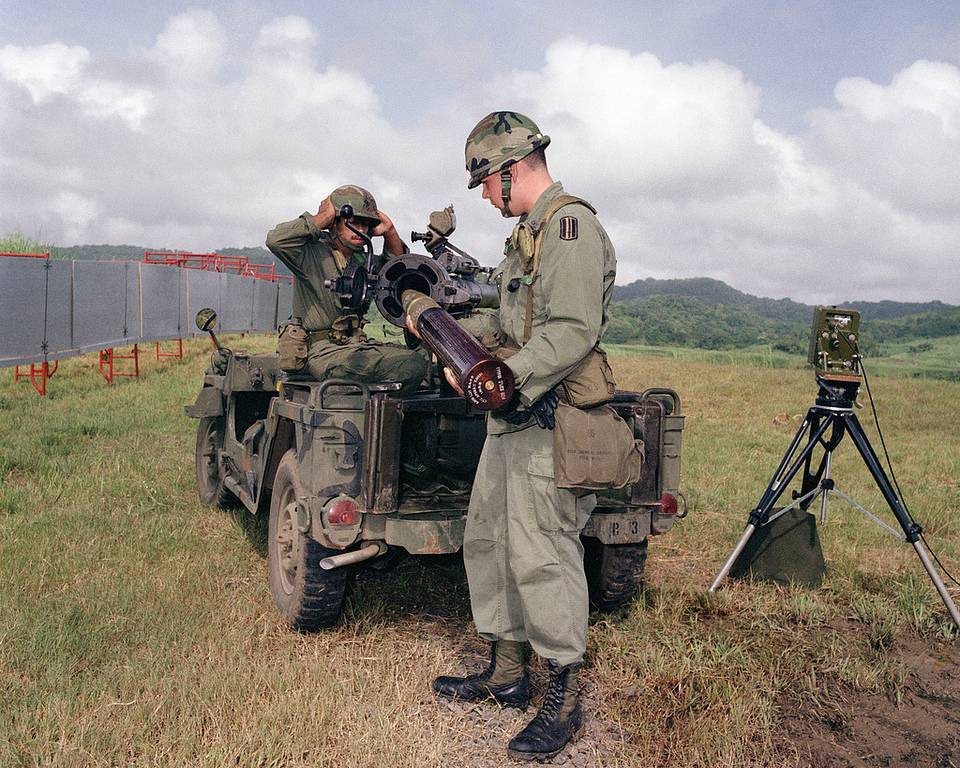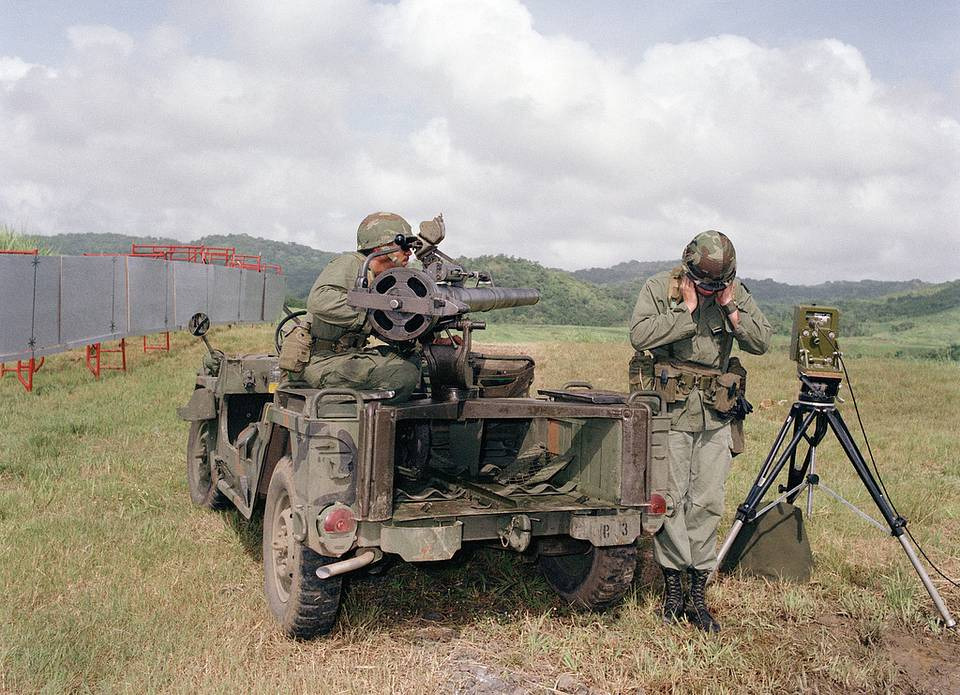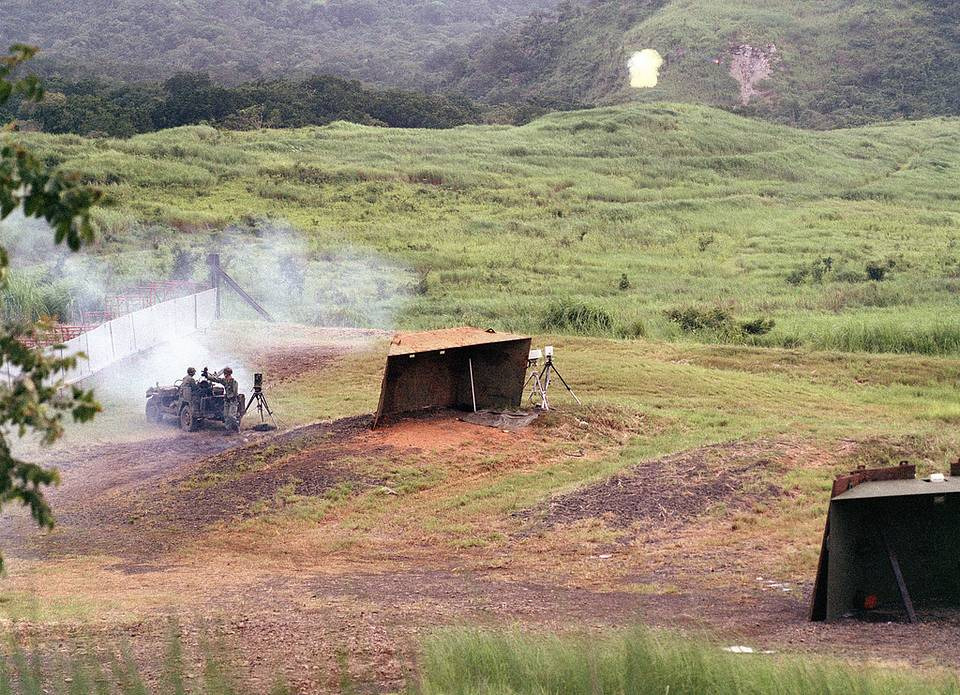History
Background
The Ford M151, officially designated as the ¼-Ton 4x4 Utility Truck M151, was introduced in 1959 as the successor to the M38 and M38A1 jeeps used during the Korean War. Known as the MUTT (Military Utility Tactical Truck), the M151 represented a significant advancement in light utility vehicles for the US military.
Development of the M151 began in 1951 when Ford Motor Company was awarded a contract to create a lighter, more robust replacement for the aging M38 and M38A1 models. Testing and prototyping continued throughout the 1950s, leading to a vehicle that retained the general appearance of its predecessors but featured substantial improvements in design and performance.
One of the major innovations in the M151 was its unibody construction, which combined the box frame rails and steel body into a single integrated structure. This new approach resulted in a lighter yet stronger design capable of housing a more powerful gasoline engine. The vehicle also introduced fully independent suspension with coil springs, which provided superior maneuverability, agility, and a smoother ride compared to earlier models. Additionally, the M151’s dimensions were slightly larger than its predecessors, offering more interior space for the driver and passengers while maintaining its lightweight and compact form.
A key visual distinction between the M151 and its predecessors was the horizontal grille. Unlike the Willys MB, M38, and M38A1, which featured the iconic vertical-slot grille design, the M151 adopted a new grille to avoid trademark and copyright issues associated with the earlier Jeep designs.
Production of the M151 was approved in 1959, and the first units entered service in the early 1960s. By 1960, Ford had begun producing over 10,000 units for the US military, with production continuing until 1988. The M151 became the backbone of the military’s utility vehicle fleet, serving extensively in the Vietnam War and beyond. Its operational lifespan, extending into the late 1990s, exceeded the WWII and Korean War-era MB, M38, and M38A1 models combined. The M151 would ultimately be the last “jeep-like” light utility vehicle used by the US Army before being replaced by the larger and more versatile Humvee.
Despite its innovations, the M151 series faced a critical issue with its swing axle rear suspension. This design caused significant camber changes during high-speed maneuvers or emergency steering, leading to frequent rollovers. The issue was especially problematic in Vietnam, where muddy and uneven terrain exacerbated the handling flaws. To mitigate accidents, strict speed limits were imposed, and the M151 was banned from civilian highways because it did not meet federal safety standards.
Ford M825 w/ M40 106-mm Recoilless Rifle
In 1969-1970, Ford addressed these issues with the introduction of the M151A2, which featured a redesigned rear suspension with a semi-trailing arm configuration. This improvement significantly enhanced the vehicle’s stability and effectively eliminated the rollover problem. The M151A2 was also visually distinct, featuring modified front fenders to accommodate larger combination turn signals and blackout lights, whereas earlier models had flat fenders.
The M151A2 also served as the platform for the M825, a recoilless rifle carrier variant that replaced the earlier M151A1C. The M825 was equipped with the M40A1 106-mm recoilless rifle mounted on a pedestal. Thanks to the improved suspension of the M151A2, the M825 experienced fewer rollover accidents compared to its predecessor, making it a more stable and reliable mobile anti-tank platform. However, the M825 sacrificed some firepower for safety, as it could carry only four ready-rounds of recoilless rifle ammunition compared to the six carried by the M151A1C.
The M825 saw action during the later stages of the Vietnam War but began to lose prominence as the US Army transitioned to the more advanced TOW (Tube-launched, Optically-tracked, Wire-guided) missile system. The TOW missile, with its superior range and effectiveness against modern tanks, gradually replaced the 106-mm recoilless rifle. By the early 1970s, M151A2 vehicles equipped with TOW launchers became the military’s primary mobile anti-tank platform.
Production of the M825 ended in 1973 as the military increasingly adopted TOW-equipped vehicles. Many M825s, along with older M151 variants, were phased out of US service and sold to allied foreign governments. By the late 1980s, the iconic Jeep-style light utility vehicles were fully replaced by the Humvee and its various configurations, marking the end of an era for the Jeep-inspired military vehicle design.









